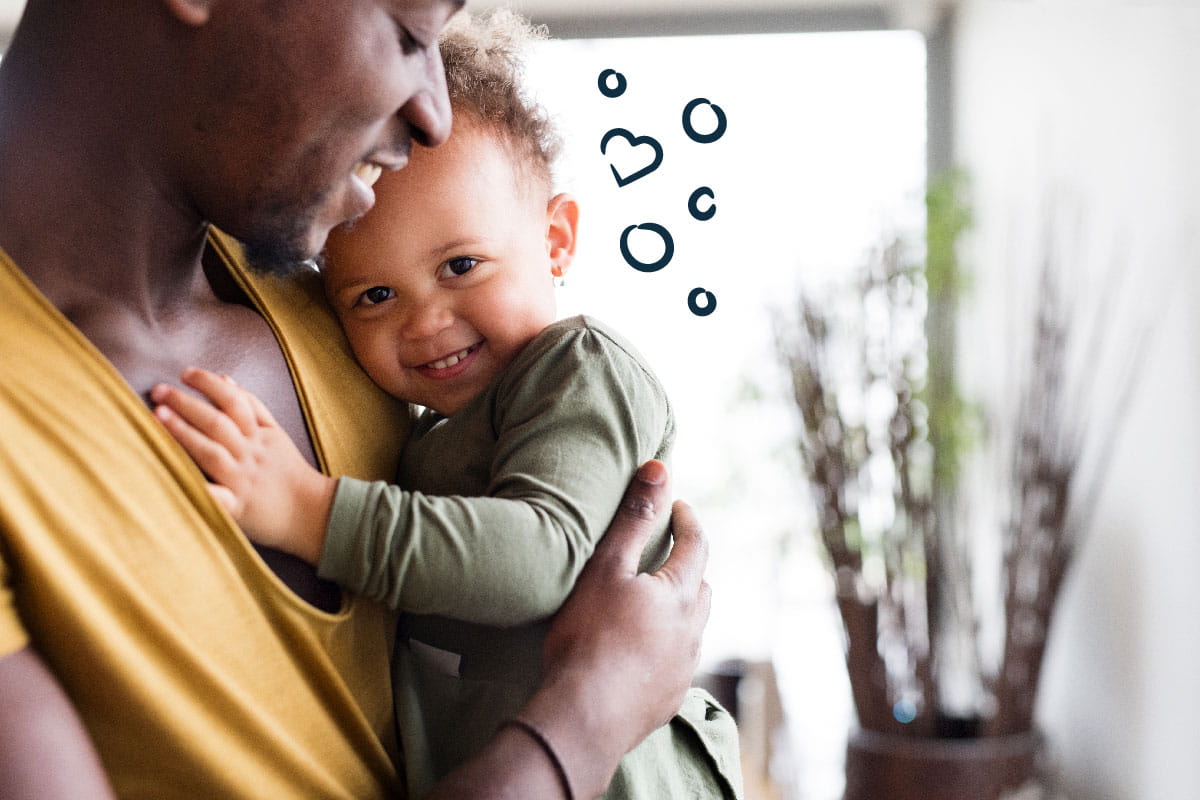“Why Are You Leaving me?” Helping Your Child With Separation Anxiety

All of this time at home with family means your child has developed new habits and schedules that include lots of interactions with you. When it comes time to go back to work and preschool, it might come with some big feelings all around.
Leaving your child in the trusting hands of another caregiver can be hard, especially if your little one turns on the waterworks and commits every fiber of their being to plead for you to stay. Take it from us: The crying stops pretty quickly after you leave, but we know that doesn’t necessarily make it any easier. To make the transition from home to center smoother, check out the tips below.
Prepare ahead of time
- Find a comfort item. A stuffed animal to snuggle or a picture of your family can be helpful when it comes to soothing your little one’s separation anxiety.
- Build a consistent routine. When your child knows what to expect, it can go a long way in soothing any worries they may have about you leaving. Here are some things to consider when building your routine:
- Try to have the same routine. The same drop-off time, location, goodbye ritual, and pick-up time help your child know what to expect.
- Find a fun way to say goodbye. Use a special handshake or wave. Say a silly goodbye, like “See ya’ later alligator.” Or try one hug, one kiss, a high-five, and then a goodbye!
- Talk through your drop-off routine on your commute to the center. Talking your child through your daily routine will help them feel more confident about your separation by helping them understand what’s happening and when you’ll be back.
Calming practices for drop-off
- Reassure your child that you'll be back. Young children are still developing their sense of time, so if you say, “I’ll be back at 4” that could be in four minutes or four days. Instead, attach your return time to their daily routine so your child can better anticipate when you’ll be back. For example: “I’ll be back before your afternoon snack,” or “I’ll be back after nap time.”
- Don’t go back if you can help it. When you say goodbye or say you're leaving, mean it. Coming back will only make it harder. If you want to check in on your child, give the classroom or front desk a call 15–20 minutes after you leave. By then, most kids have calmed down and are off to other things.
- Avoid sneaking out. Sneaking out when your child’s distracted may be tempting, but it can actually increase your child’s anxiety, because they never know when you might disappear. There’s no sure way to completely avoid their worry, but with time, a consistent routine, and your reassurance, your little one will be able to confidently navigate goodbyes.





